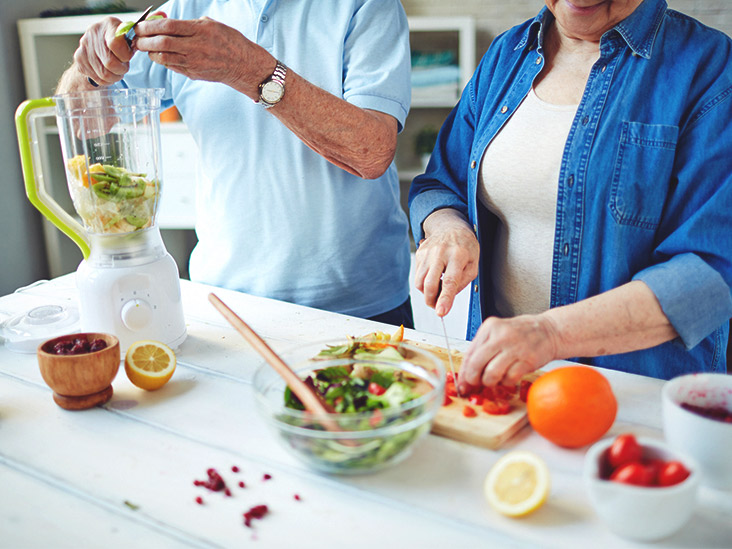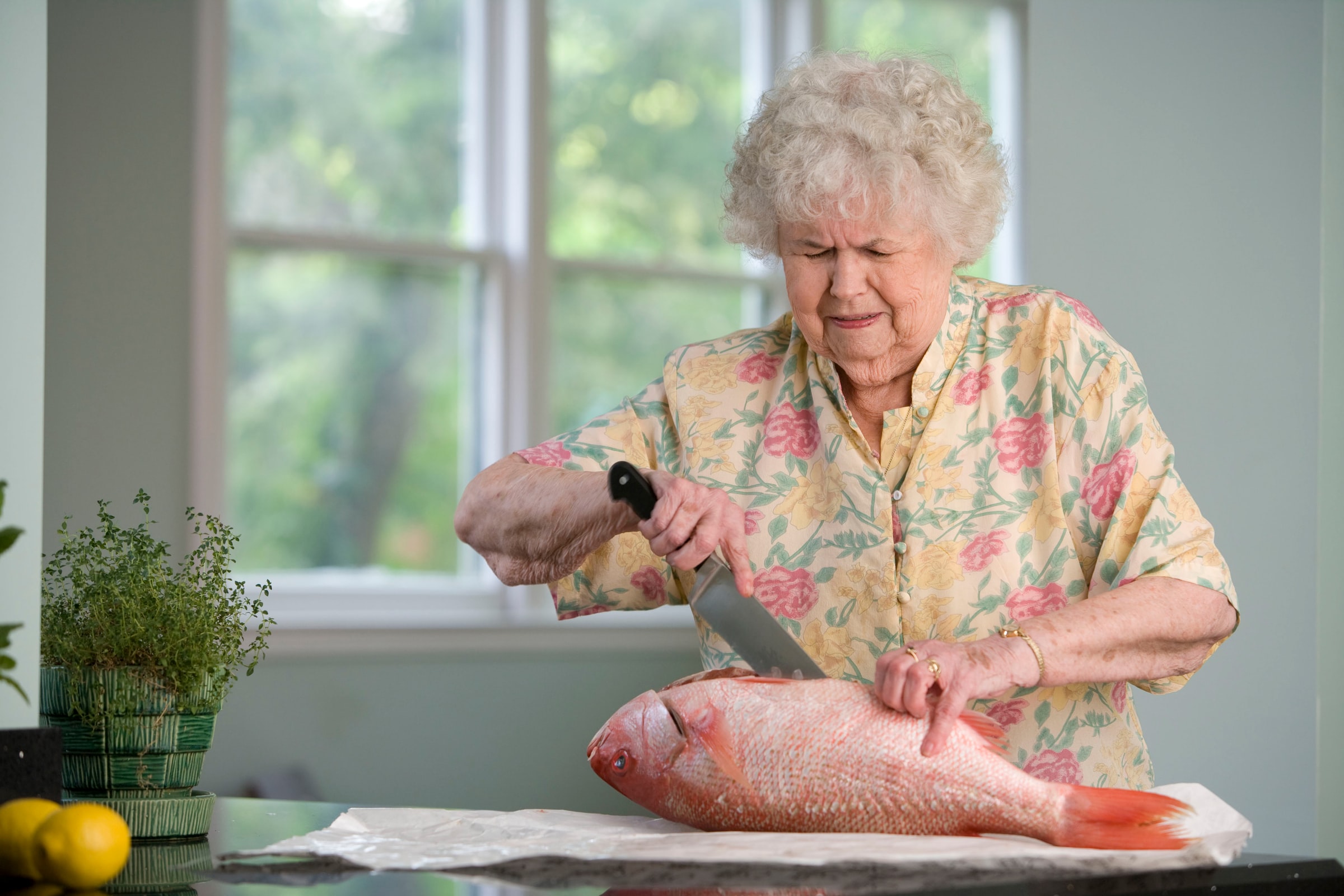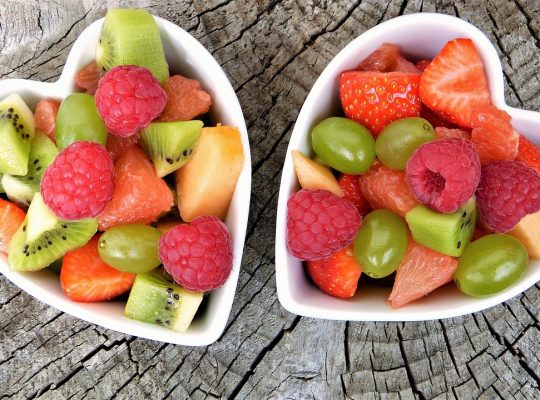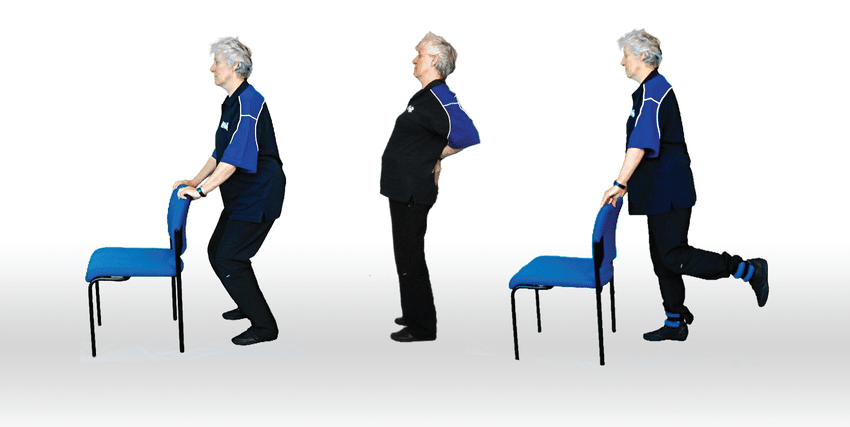An appropriate diet for the elderly is always based on the basic standards of the Mediterranean diet, which is not much different from the “ideal” diet of a healthy adult.
A balanced diet is appropriate at all stages of life. This recommendation is more valid in old age to ensure longevity and health and reduce the risk of developing infectious, cardiovascular, and metabolic diseases.
Nutrition for the Elderly
Numerous studies on nutrition in the elderly have shown that they do not eat an adequate diet according to their health status and eat a monotonous diet with little variety, consisting mainly of cooked vegetables and fruits, lots of wine, little milk, salty foods, no eggs, one type of meat, and many spices.
These dietary restrictions are usually exacerbated by imperfect teeth, causing chewing problems and anorexia. Anorexia can be exacerbated by the solitary lifestyle of the elderly, which leads to excessive cravings for carbohydrate-rich foods such as pasta, rice, and sweets (both due to psychological compensation and ease of preparation).
As a result of these long-term dietary excesses, cases of malnutrition such as weight loss (which becomes more pronounced with a loss of 10% or more over a 6-month period), asthenia, and decreased resistance to infections become common.
There are also cases of high-calorie diets, digestive disorders, blood sugar disorders , obesity , and worsening of cardiovascular disease .
Whatever the diagnosis, the unique physical and psychological aspects of the elderly make it advisable to use “soft” intervention strategies aimed at streamlining rather than radically changing the nutritional regime. Older adults tend to require fewer calories due to decreased physical activity and muscle loss, so they may need to eat less than they did as adults to maintain an appropriate weight.
On average, 1700-2000 kcal is considered necessary and sufficient for moderately active normal-weight older adults, less than 1700 kcal for women, the very elderly, and sedentary individuals, and up to 2400 kcal for inactive non-elderly men.
It is essential to ensure adequate protein requirements (0.8 g prot / kg / body weight). Obviously, ground meat or meat of young animals can be used, since protein has high biological value and must be readily absorbed by the body. Chicken, turkey, and fish are particularly suitable for the presence of omega-3 fatty acids, useful in the fight against atherosclerotic diseases. It is recommended that fish be consumed at least three times a week.
Fat content should be less than 30% of total calories (saturated/monounsaturated/polyunsaturated fatty acid ratio less than 1, cholesterol less than 300-400 mg/day).
Seasonings and cooking should be with extra virgin olive oil (sometimes raw), which contains natural antioxidants such as oleic acid (monounsaturated) and vitamin E and is easily digestible.
Glucose content should be 50-55% of total calories, of which simple sugars should not exceed 15-20% to avoid causing blood sugar fluctuations (usually no more than 20 g sucrose per day).
Dietary fiber (25-30 g/day) should be included in the diet of the elderly through the consumption of bread, pasta, legumes, fruits, and vegetables. Increasing amounts to relieve constipation may increase nutrient losses as an undesirable effect.
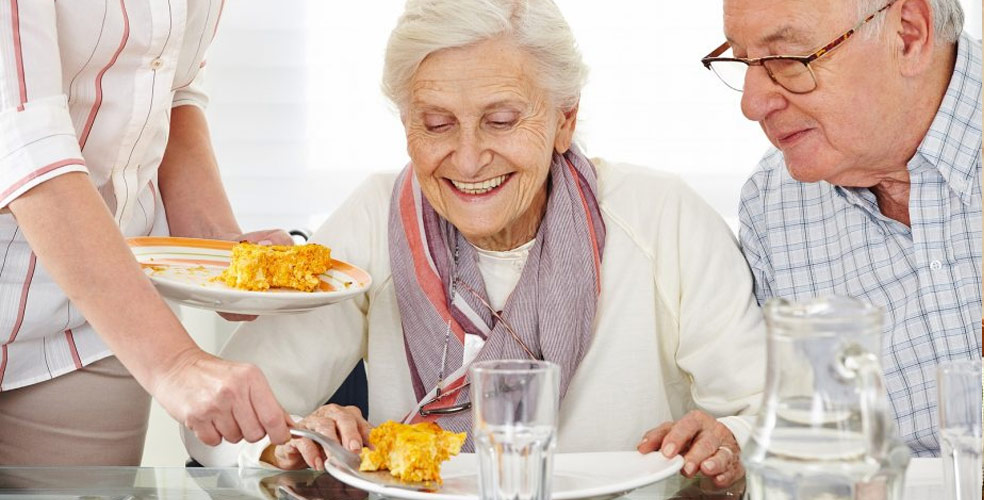
Hydration and Micronutrients in the Elderly Diet
In general, the elderly tend to drink less because of decreased sensitivity to thirst. Under certain circumstances (fever, diuretic therapy, excessive sweating), fluids are further reduced; a person aged 60-65 should consume 30-35 ml/kg body weight of water daily, both in traditional form and in the diet.
The elderly should be encouraged to drink water both to improve the natural dehydration of tissues and because the exchange of water promotes the elimination of waste products.
In addition to fluids in diet, the following are recommended: soup, citrus juices, tea, chamomile, herbal tea can be served on an empty stomach or at noon.
Let us know if these few tips have helped you in the comments below!

